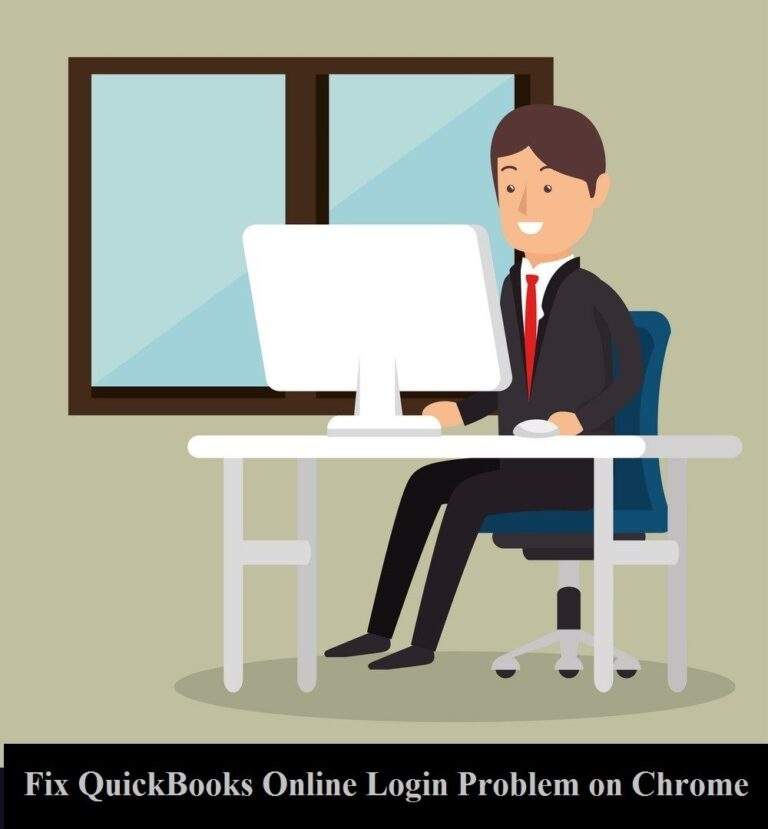
Top 4 Factors of Enterprise Risk Management Frameworks
Enterprise Risk Management has never been as topical, after the financial crisis of 2008, ever spread cybersecurity threats, market volatility, regulation increment, climate changes, and technological changes. Stakeholders activism are just a few factors that need proper focus on enterprise risk management. Essentials of Enterprise Risk Management relies heavily on decisions of the general management of all levels, the board of directors, and many who need to be considered about risk management & strategy which provides a solid base for understanding best practices in risk management related to the business environment & value of the organization.
The overarching goal of ERM should be to make an organization more effective and efficient. ERM should allow an organization to achieve its goals more effectively and more often. A well designed and implemented ERM should be more valuable & often. Usage of well-designed tools & equipment can be valuable for the organization. There are many components that directly affect the business objectives, processes, and business contingency plans.
Here we are considering and telling you about the major components of enterprise risk management for the company. These components include major success factors when it comes to identifying, resolving, and managing risks.
1. Internal Environment
Work Culture and environment play an important role in identifying the managerial risks within the management. There are a lot of sources that influence a team’s risk aptitude and moral code of conduct. The ability to properly figure and calculate risks as well as the ability to go the extra mile when the situation demands the matters, understand the uncertainties. Enterprise risk management is totally based on work culture. A healthy work culture generally rests on the aptitude to train business line managers. It also helps in simplifying a large internal environment. It influences risk standpoints and the quality of your strategy for the business itself.
2. Objective Setting
When it comes to objectives, given the extent of the enterprise-wide risk strategy. Organizational vision and Enterprise risk management plan can help in incorporating mitigation strategies. ERM helps to understand monetary & resource investment risk factors. These could also drive your employees and the manner your clients perceive you, as an organization.
There are two things that are really important to evaluate for ERM:
Risk Appetite:
Risk Appetite considers a high-level view of the risks that you are likely to face. The level of complexities that the organization is willing to take responsibility for.
Risk Tolerance:
The next step for any organization is to work on different variations and the likelihood of the risks that the projects may spill into, in accordance with the risks of appetite.
Enterprise Risk Management helps in both aspects of the organization for definition & alignment to make proper strategies. For instance, risk management in the vendor-driven situation might be at range from having to postpone the release of a product so that the fewer errors would be actually accessed from the vendor’s credentials itself in extreme cases. Organizational objectives also hamper due to infamous scandals & complex business models that hide its poor performance with the make-believe profitability that also affect the enterprise risks & delays. These components also affect the external factors like environment-centric, event-driven routes in the business environment.
3. Risk Assessment
Risk management is also another important factor that identifies hand in hand with analysis. Assessment on its own is prescribed as a component as well to emphasize the role played by inter-linked risks. ERM framework places a lot of importance related to this component by analyzing both quantitative and qualitative methods of risk management. ERM is also affected by sound measurement and accurate prioritization of risks such that the worst is mitigated and the nest harnessed so as to maximize the value obtained.
4. Risk Response
Once risks are aligned with the company’s tolerance and appetite levels of ERM, it is necessary for the concerned person or financial department to review the risk responses. This framework advocates the following responses:
- Reduction
- Accept
- Avoid
- Transfer
Health and safety can be another huge concern in any business whether it is related to a construction business or any manufacturing business. In construction projects with extreme weather conditions or any chances of harmful chemicals, it is necessary to check the exposure to harmful chemicals, projects, and more. This component of risk response compares trouble, time, and money needed to be controlled the risks and prescribes the actions.
On the whole, leaders need to empower teams with the flexibility and efficiency to monitor and evaluate risk responses such that a holistic approach is adopted towards the strategic planning processes.
Regulations and policies are put in place to make sure that the responses do not exceed the predetermined scope of things. Enterprise Risk Management helps control encompassing the financial guidelines and systems. It also executes and embrace the common code of ethics and internal control compliance more realistically.















